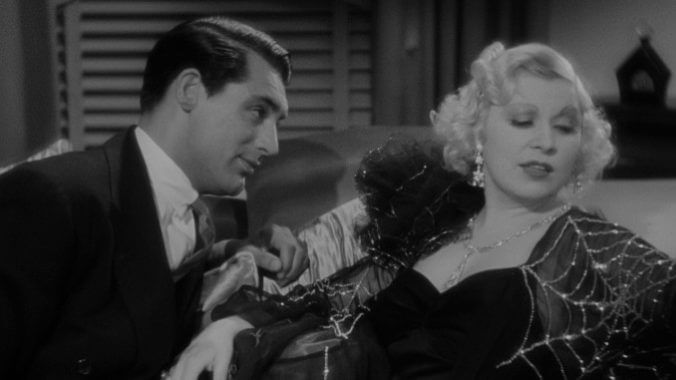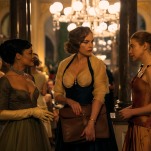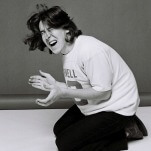I’m No Angel Was Mae West’s Last Pre-Code Movie, and Her Best

Mae West was almost 40 before she made her first appearance in a Hollywood movie, but thanks to a gleefully, infamously lurid stage career, she arrived in Tinseltown more or less a household name. After a childhood and young adulthood spent in vaudeville, she started writing her own plays in her mid-twenties. Her first, simply entitled Sex, won her outraged notices from the critics, fabulous success from ticket buyers and an eight-day stint in jail for “corrupting the morals of youth” (which only served as a welcome promotional tool). A string of other notoriety-driven hits, which inspired further brushes with the law, followed.
Well aware of the potential controversy they were bringing to the table, but more preoccupied by the potential for big box office bucks, Paramount brought West to Hollywood in 1932, for a supporting role in the George Raft vehicle Night After Night. Though her part was small, West was allowed to write her own dialogue, and—as she tended to do—she made a big impression; Raft would later remark, “She stole everything but the cameras!”
The following year, she got the chance to have her name above the title in She Done Him Wrong, starring opposite Cary Grant (much to his irritation, she liked to claim she discovered him, though he’d already appeared in eight movies, three times as romantic lead). It was so successful, it’s often credited with saving Paramount from bankruptcy.
-

-

-

-

-

-

-

-

-

-

-

-

-

-

-

-

-

-

-

-

-

-

-

-

-

-

-

-

-

-

-

-

-

-

-

-

-

-

-

-








































